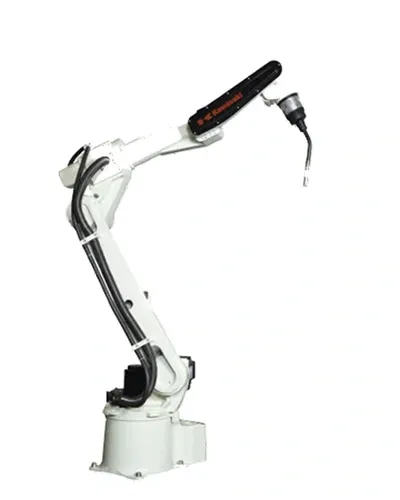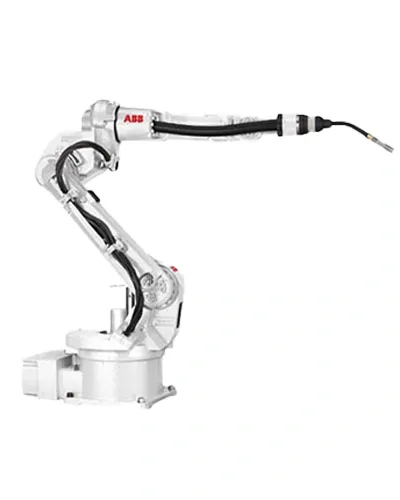Welding Robot Features
Welding robot features increase speed in production processes and raise quality standards. These robots minimize human error and create safer working environments.
Welding robot features are among the most advanced solutions offered by automation technology. While providing energy savings, they reduce production times and offer economic advantages to companies. These robots complete precision-demanding welding tasks flawlessly.
What Are the Features of Welding Robots?

Welding robots offer speed, quality, and safety advantages during industrial manufacturing processes. Thanks to advanced robotic technologies, these systems carry out repeatable welding operations with high accuracy. Additionally, they stand out with their wide range of applications across various sectors.
One of the most important advantages of these robots is that they are equipped with advanced control systems. These mechanisms ensure that welding processes are completed safely and without errors. Moreover, the systems can perform self-monitoring without the need for operator intervention.
Welding robots designed for different products suitable for the production line stand out with their flexible structure. The ability to work on parts with various geometries provides great convenience to businesses. In this way, customized welding solutions can be offered for different industries.
Another prominent feature of welding production robots is their ability to operate at high speeds. This speed contributes significantly to shortening production times.
These robots improve welding quality while minimizing material waste. They enable precise joining of welded parts, which makes a significant difference in industries such as automotive and heavy industry.
Thanks to advanced software support, the installation and operation of welding robots have become extremely simple. Systems capable of preventing faulty applications before complex cutting operations are available. In this way, operator errors are minimized and the manufacturing process becomes safer.
Welding robots developed for different application areas are designed to work in challenging conditions. High temperatures, narrow spaces, and hazardous environments pose no problem for these robots. With these characteristics, welding robots also provide safety in terms of human health.
How Is the Performance of Welding Robot Features?
The performance of welding robots varies depending on the technology used and the area of application. Robots used on assembly lines stand out with their ability to operate at high speed. This ensures that the manufacturing process proceeds both rapidly and efficiently.
In terms of efficiency, welding robots are notable for their ability to operate continuously. These robots, which provide high productivity, can perform multiple operations simultaneously. Thus, the need for human labor is significantly reduced.
The working efficiency of welding application robots is closely related to their cutting precision. Systems supported by technologies such as laser or plasma are capable of working down to the finest details. Therefore, even complex part structures can be processed and welded without error.
Another factor affecting robot performance is the welding method used. Robot systems compatible with MIG, TIG, or plasma welding methods are generally preferred.

Automated welding equipment optimizes production processes with high precision and low error rates. Despite operating quickly, their margin of error remains very low. Additionally, they continuously improve in terms of energy efficiency.
In performance tests, it is recommended that welding production robots be integrated with different robotic systems. This integration contributes to full automation throughout the production line.
Welding application robots used in the metal industry do not experience performance loss even during long-term operations. They operate with minimal maintenance requirements, even under heavy industrial conditions. This provides businesses with both cost and time savings.
With proper integration and regular maintenance, welding robots can achieve high efficiency in the long term. This ensures quality and sustainability in workflow processes.

